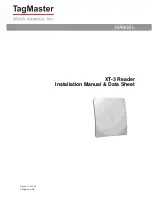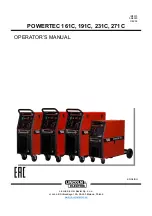
Loop Slings Application
18
Attachment Methods
2QFHWKHORRSVOLQJKDVEHHQ¿WWHGDURXQGWKHSDWLHQWLWFDQEHFRQ¿JXUHGLQWKUHHZD\V:LWK
HDFKRIWKHWKUHHPHWKRGVGHVFULEHGEHORZLWLVQHFHVVDU\WR¿UVWFRQQHFWHDFKVKRXOGHUORRSRI
the sling to both sides of the spreader bar.
Attachments Points
Fig. 29
The attachment point designation shown here are
only for the purpose of the explanations below.
Method 1 - Cross-through
Fig. 30
Legs closed with crossing straps
This method is recommended for most general
transfer
Method 2 - Hammock
Fig. 31
Bridge, legs closed
This method can provide a comfortable cradle for
amputee patient.
It is also a useful method for patients with contractures,
PDNLQJLWGLI¿FXOWWREULQJDVOLQJVWUDSEHWZHHQWKH
legs.
WARNING: Method 2
might not be suitable for
confused, combative or erratic patients as they
can fall forward and get injured.
Method 3 - Abduction
Fig. 32
Legs opened with non-crossing straps
In this method, legs are held in abduction which is
convenient for toileting and hygiene care.
WARNING: Method 3
might not be suitable for
patients with no upper body control as they can
slide down and almost out of the sling.
















































